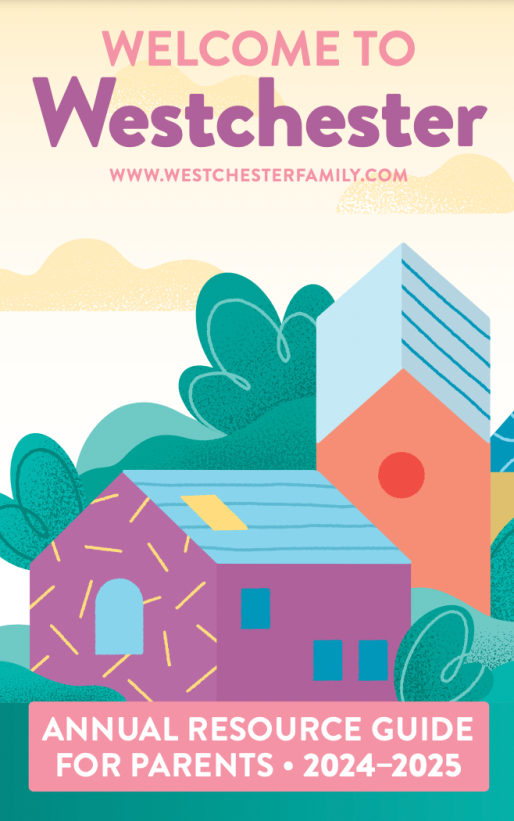Alex is a 12-year-old boy with autism and an intellectual disability. He often holds his hands in front of his eyes, a few inches from his face, with his fingers splayed and rapidly moving back and forth. Sometimes he makes a humming noise while he spins round and round. Alex speaks about 50 words and is usually able to make his needs known to his parents and teacher. He requires constant attention and supervision.
Jayla also has autism. At 11 years of age, she has demonstrated superior intellectual ability and is performing above grade level in several academic subjects. However, her sensory issues, perseverative behaviors, and interest in reptiles and insects, combined with severe anxiety make it difficult for her to establish friendships with girls her age.
The Diagnosis
Both Alex and Jayla have been diagnosed with autism spectrum disorder (ASD). Each child is experiencing problems in social interaction, communication and self-regulation. Each exhibits unusual interests and behaviors. Because their disabilities are manifested in the social, communication and behavior domains, they have been given the same diagnosis. Yet they are dissimilar in their characteristics and require vastly different education settings and programs. There is an oft used saying, “If you know one child with autism, you know one child with autism,” meaning that autism is a broad diagnosis with great variability within itself.
Importance of Education
When asked to write a short article about teaching students with autism, I was struck by the dilemma of how to adequately address, in a brief article, the educational needs of children with such an enormous range of ability and behavior. This task became less daunting when I narrowed it down to discussing the purpose of education for students with autism, which is to help them acquire the skills needed to be successful in life after school. Public schools are federally required to provide a free and appropriate education to all students, regardless of the student’s level of intellectual or behavioral functioning. Schools are mandated to align instruction for students with disabilities, including autism, with the general curriculum, referred to as Common Core State Standards. Effective academic instruction leads to improved post-school outcomes and a higher quality of life for individuals with autism. Research has shown that appropriate academic experiences can improve adaptive behavior, lower incidence and severity of problem behaviors, and increase engagement with others.
Challenges
The challenge of providing appropriate meaningful academic education to students with learning and behavior differences associated with autism is to meet each student’s unique learning characteristics and needs. To modify instruction, factors such as cognitive ability, interfering behaviors, sensory issues, social interaction skill level, and communicative functioning come into consideration. Even for students who are minimally vocal, there is a growing body of evidence-based strategies for teaching academics. A 2014 report identified 13 evidence-based practices for children and young adults to enhance academic outcomes for students on the autism spectrum. Included on this list are applied behavior analysis through antecedent-based interventions, prompting, reinforcement of alternate behaviors, functional behavior assessment, social narrative, peer mediated instruction, task analysis, technology-assisted instruction, video modeling and visual supports.
Cautions
It is critical to remember that, whichever instructional methods are selected, continuous assessment of progress must occur. If a student is not achieving mastery of a targeted goal, the strategy should be examined and changed to meet that student’s learning needs. When teachers are not making sufficient progress toward a goal, it is not the child’s fault. Rather, the learning task needs to be adjusted to better meet the needs of that student. Intrinsically motivating learning tasks reduce the need for extraneous rewards because the learning task itself becomes pleasurable. Good teaching involves engaging students fully by recognizing preferences and interests; and designing instruction that utilizes student strengths, understands sensory challenges, builds satisfying relationships and reinforces positive effort.
Dianne Zager, Ph.D. is internationally recognized as a pioneer in autism education and is the Co-director and Dean of Education at Shrub Oak International School in Shrub Oak, N.Y. She has consulted with school districts across the U.S. to develop autism educational programs and founded one of the nation’s first college support programs for students with autism. She has served as president of the International Council for Exceptional Children’s Division on Autism and Developmental Disabilities. She was founding editor of Focus on Autism and Other Developmental Disabilities.














